Training Tips by Healthfocus Physiotherapy
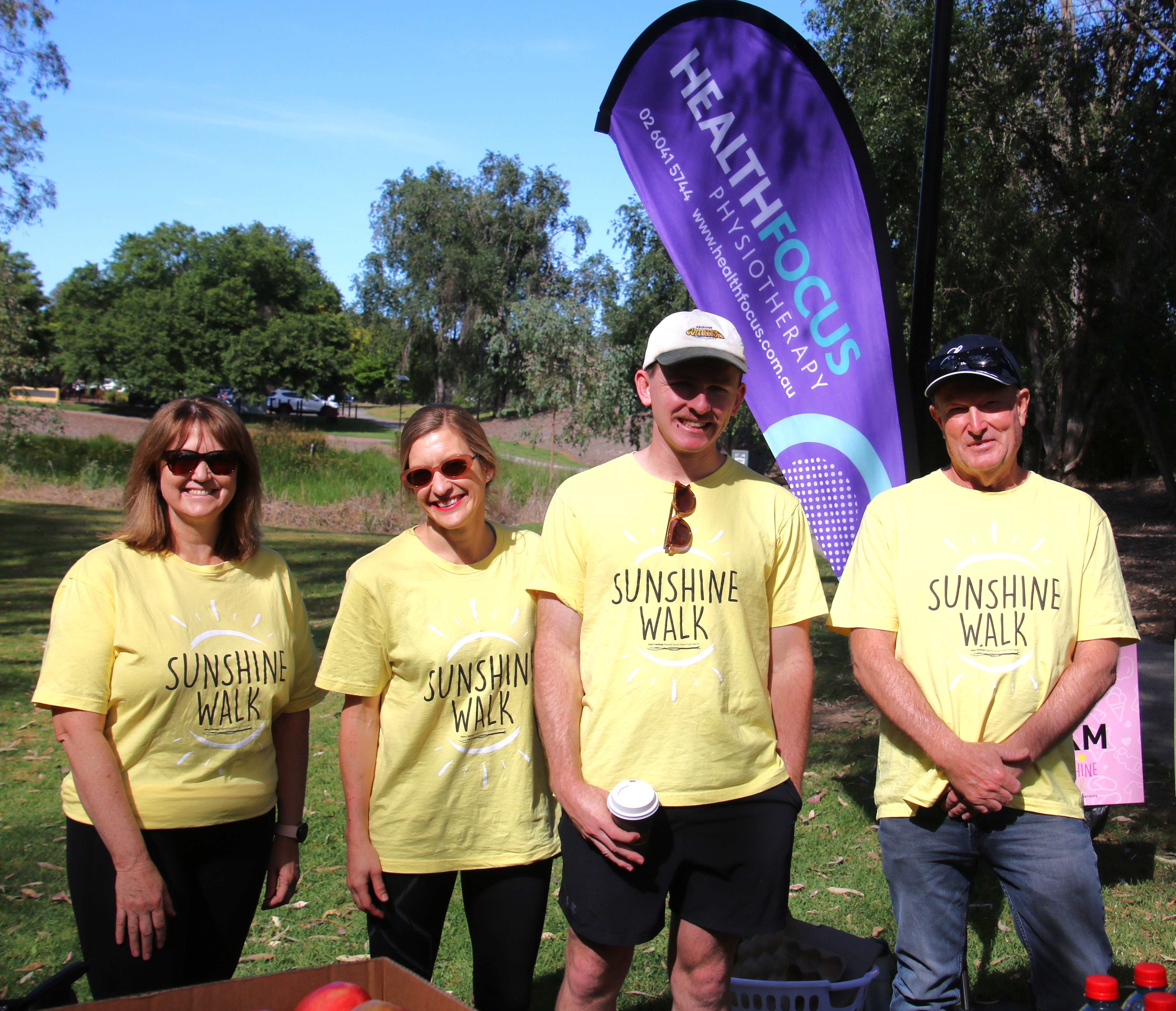
Practice Principal Simone Bowler and Team enjoy nothing more than helping to create a memorable experience for our community.
Simone and the Healthfocus Team have put together a series of training tips for you before the event and on the day.
You will find Simone's team at the Sunshine Walk Rest Stops, helping to keep you hydrated and fuelled.
To make sure you are prepared for your chosen distance, and to avoid any injuries we recommend that you slowly start increasing your walking capacity now if you are not used to walking these distances!
We encourage you to take a few minutes to read through the Tips below.
TRaining Tips
Being Sunsmart and Layering for the Heat
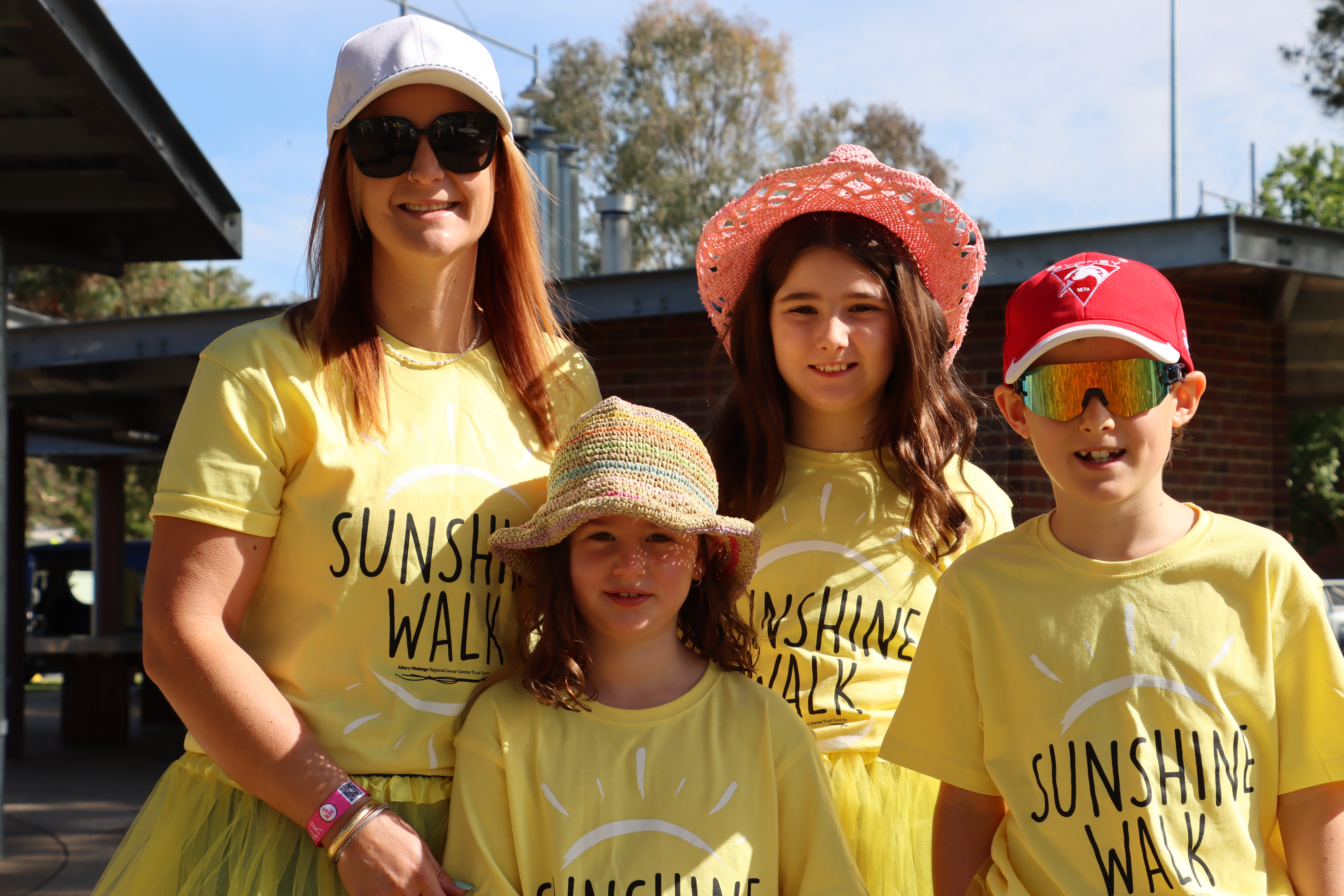
According to the Cancer Council, 2 out of 3 Australians will be diagnosed with some type of skin cancer across their lifetime. This Sunshine Walk we are all committed to staying SunSmart to reduce this risk.
It is important that we are sticking to the Cancer Council’s SunSmart Guidelines:
-
Slip on a shirt - a light long sleeve shirt that is breathable will be best for the walk and the heat
-
Slop on sunscreen - ensure it is SPF 50+ for the best protection
-
Slap on a hat - broad brimmed is best! A cap is better than nothing
-
Seek shade - walk in the shade along the track where possible
-
Slide on sunnies - ensure these are polarised to protect your eyes
Even if the day ends up being cloudy, these steps are all still vital as UV rays can still radiate through clouds and can pose a risk!
Nutrition and Hydration along the way
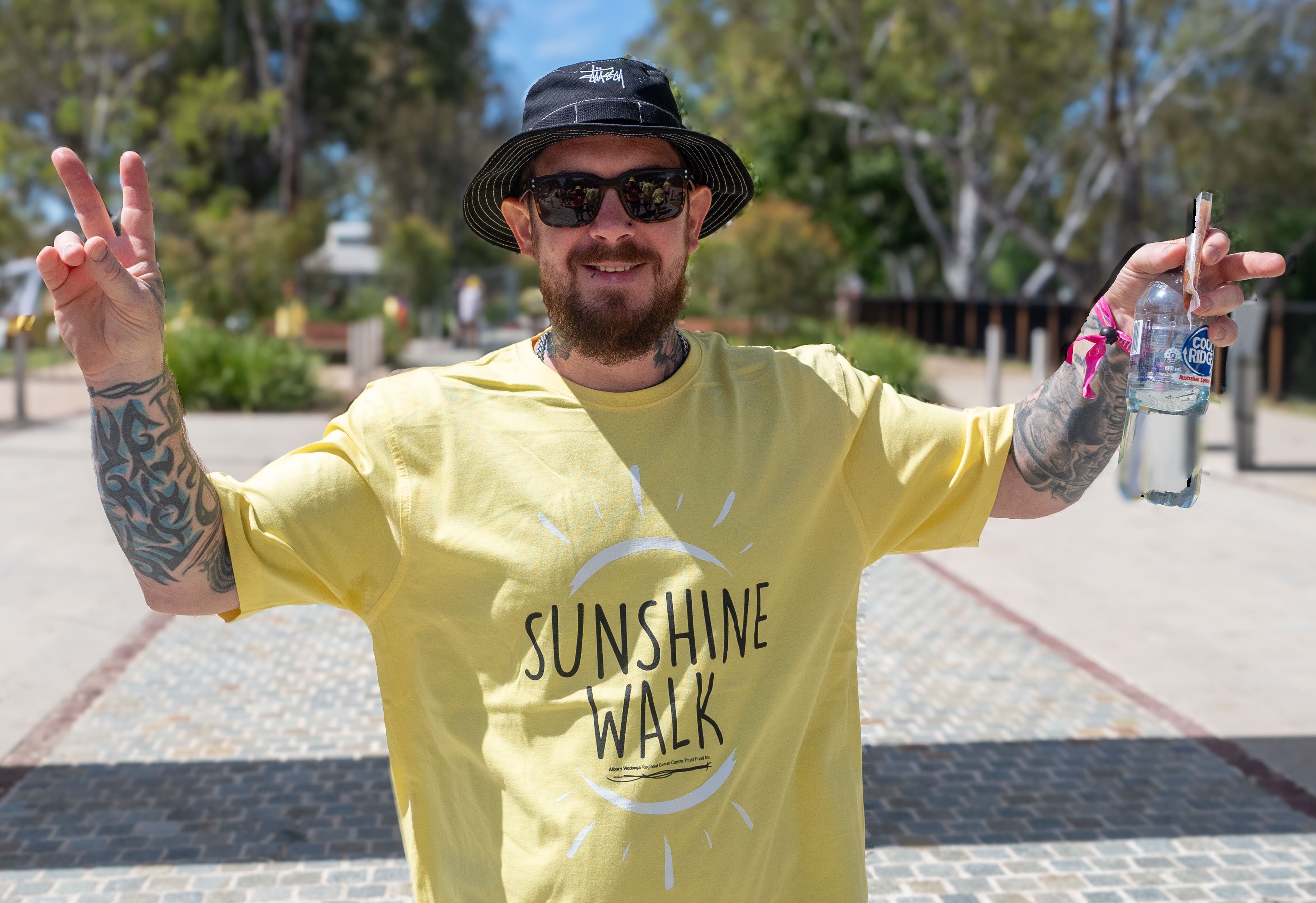
For all distances of the walk, it is important that everyone is adequately hydrated before, during and after walking. Here’s some tips to ensure you are fuelling yourself appropriately for all distances:
- Have a healthy breakfast 1-2 hours before the walk starts
- A light snack to keep your energy levels well stocked just before you start
- Drinking at least 500mL to 1L of water before you start - consider adding some electrolytes into your water either the morning of or night before
- Ensure that you are drinking around 500mL of water every hour that you are walking!
- There will be snacks available at hydration stations such as muesli bars or pieces of fruit, utilise these throughout your walk or bring your own small snack to ensure you have enough energy to complete the walk.
- When you are finished, keep that hydration up and ensure that you are having a meal balanced with carbs, proteins and healthy fats!
Preparing for the walk with kids
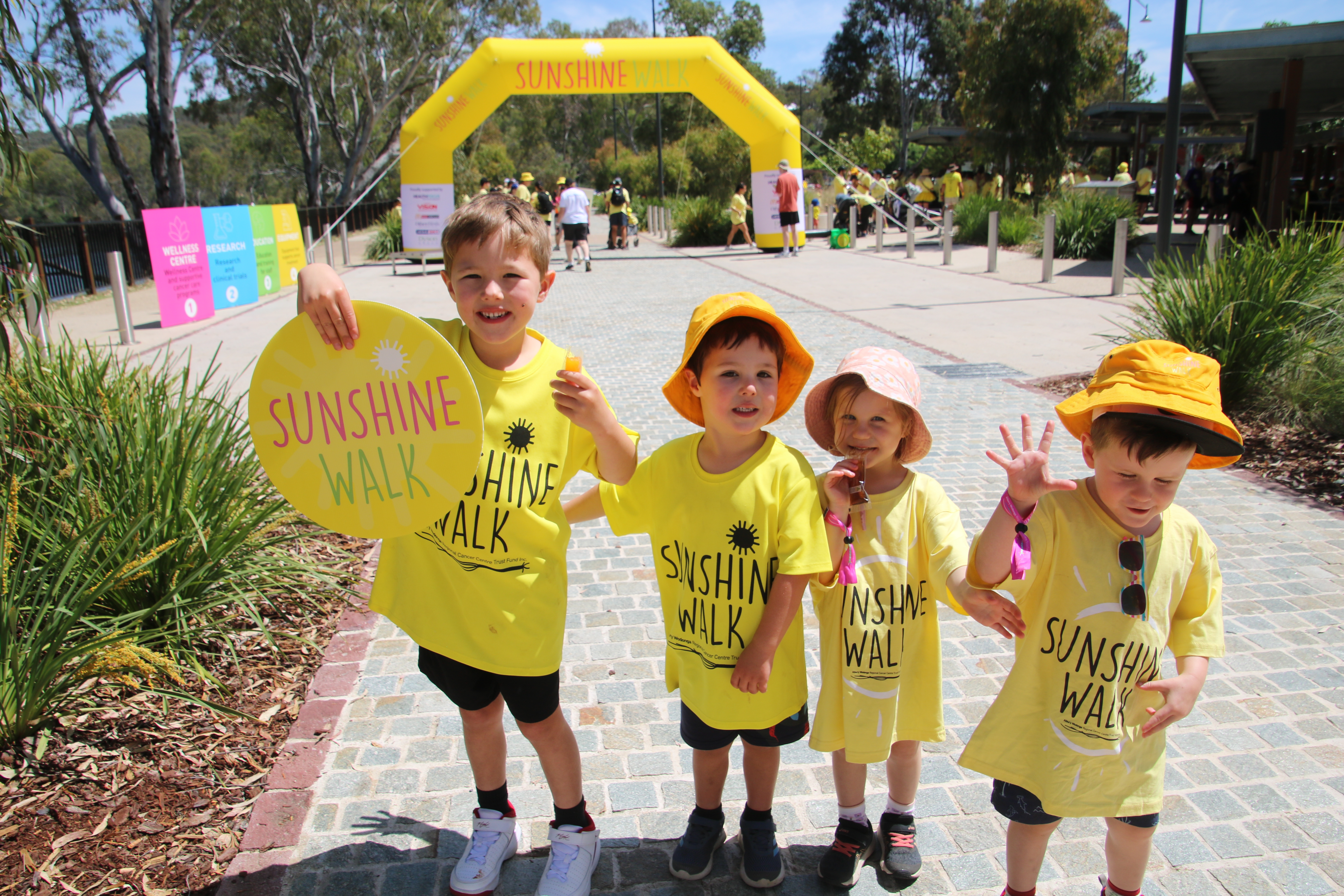
Follow the following tips to help your little ones enjoy the day.
- Have breakfast but keep it simple – low GI will keep them going for longer.
- Review the course map together before commencing, pointing out landmarks - Kids will look forward being the first to spot them on the walk.
- Pack an extra drink or snack – if your little walker might need a few extra sips or crunches than the planned rest stops, carry a light bag with you.
- Choose the course that suits your little one - if uncertain, have another responsible person on standby to pick your little one up en route if they unexpectedly wear out.
- Check all footwear and socks are well fitting – make sure there are no rubber flaps or loose ties waiting to trip up.
- Carry a band aid. If they do happen to get a rub, or trip and graze, this is a quick way to help them finish the walk more comfortably.
Blister prevention
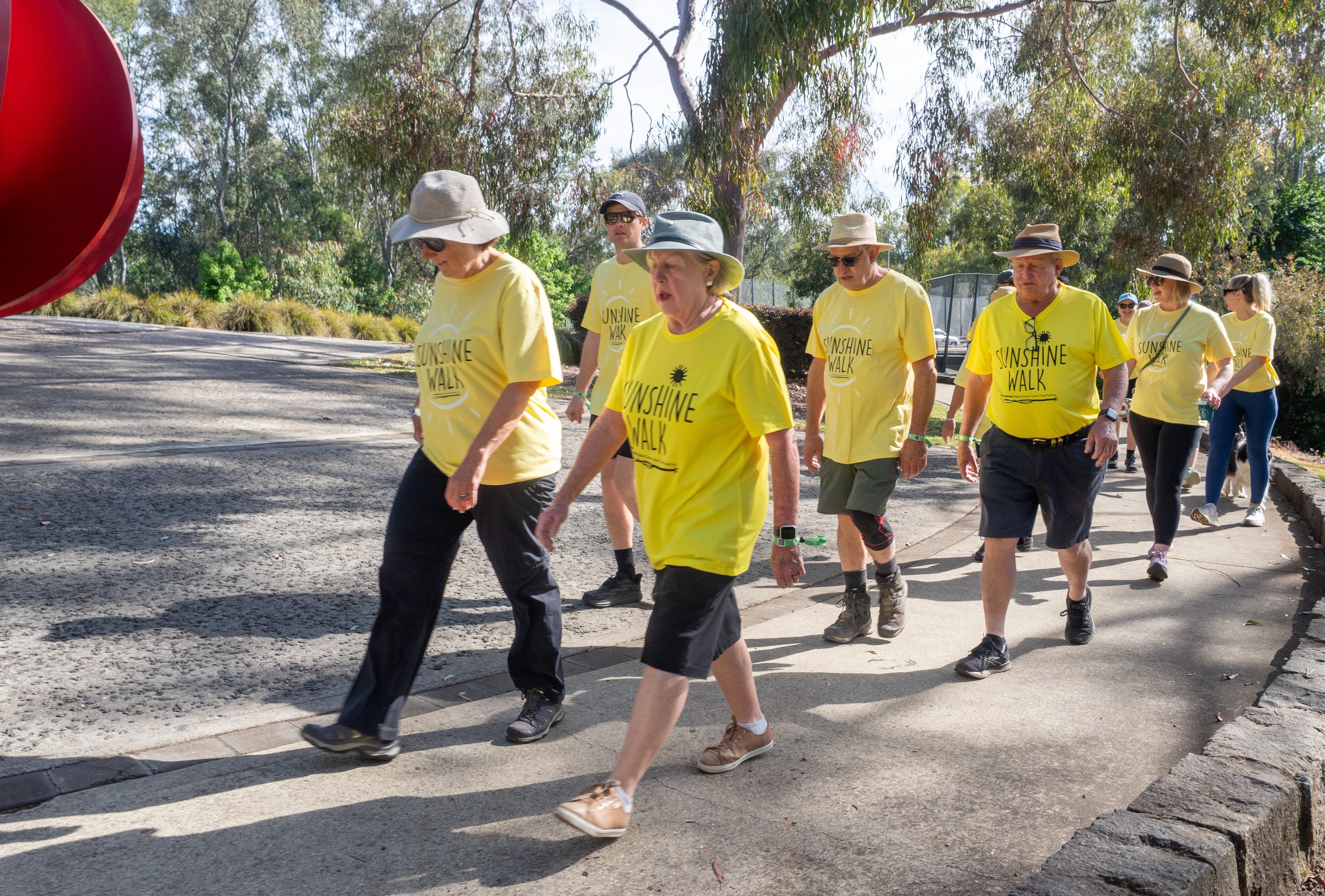
Blisters are pockets of fluids, usually between the outer layers of skin and can be caused by focalised points of increased friction. Whether you are doing the 5k, 10k or 20k walk, it’s a good idea to ensure you have had a think about blister prevention.
- Footwear: Use a comfortable pair of walking shoes, boots or trainers. Make sure your shoes are dry and well broken in.
- Socks: use a moisture wicking sock, these usually have a blend of synthetic and natural fibres. For the 20k walk, you might consider ‘double socking’ – having a thinner moisture wicking sock as a base layer and thicker sock for comfort as the outer layer.
- Inspect your feet: Clip any longer toenails in advance and file back excess callus. If you already know of specific areas where you are prone to blistering, try taping these with a soft hypoallergenic tape, such as Fixomull.
Like any event, it’s best to try out these strategies on one of your training walks, so you can iron out any hiccups beforehand!
Sticking out your course commitment
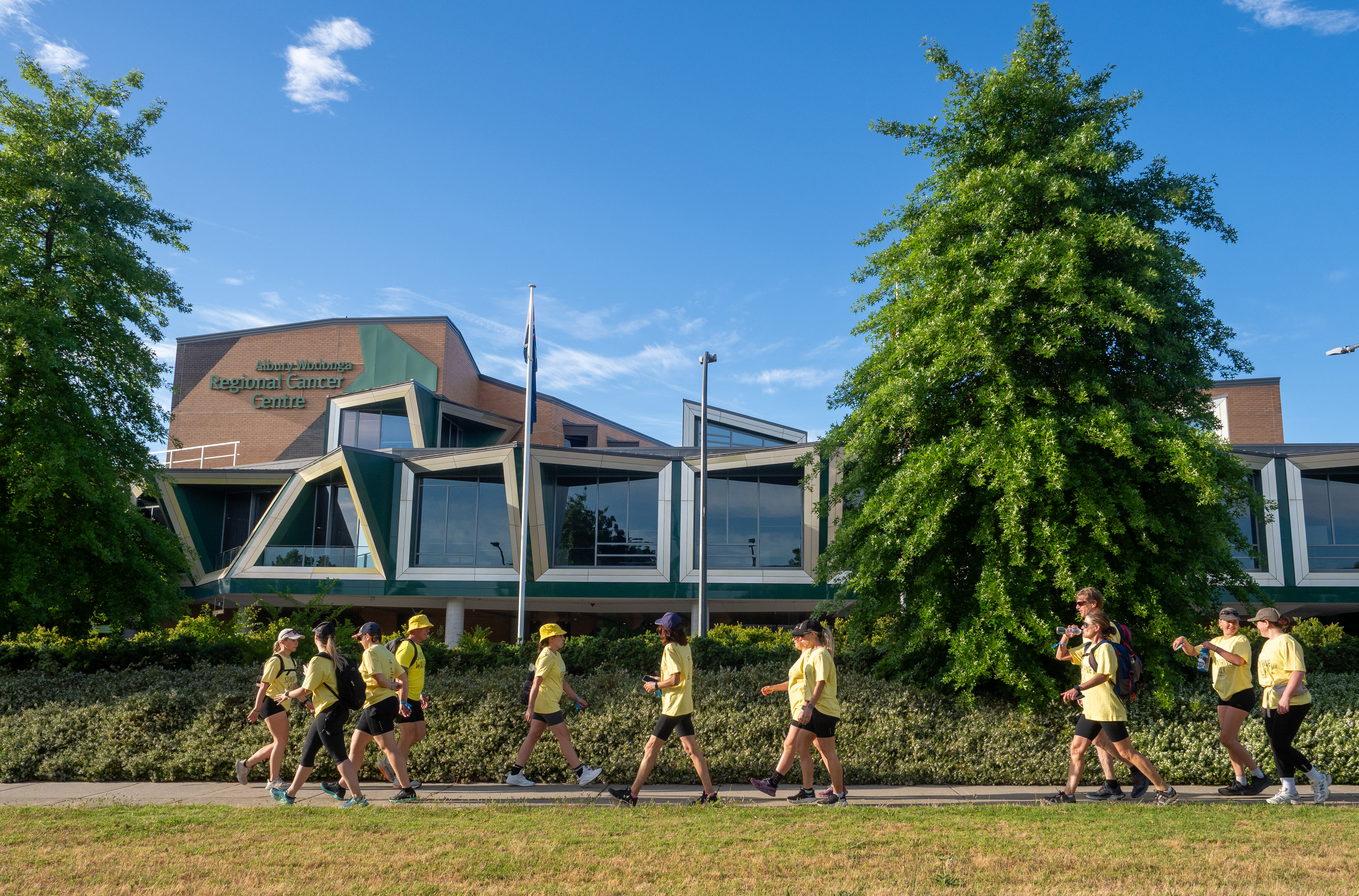
Sometimes when committing to an event we feel confident in the earlier days but as the event draws closer we start to lose confidence. If that sounds like you, read on for a few strategies to use on the day so you can complete your chosen course with increased confidence:
- Distract your thinking: Instead of thinking about how far you have to walk try starting a conversation and sharing a story with another walker. Other ways to distract your thinking are listening to music, looking for landmarks or mentally listing the things you are looking forward to doing when the event is finished.
- Remember your motivation: Think about the reason that prompted you to participate in the first place and focus on the truly positive effect your awareness and fundraising will have in the community.
- Pace yourself: this is about participation and awareness, it’s not a race and remember that there are rest stops along the way where you can rest and refresh.














